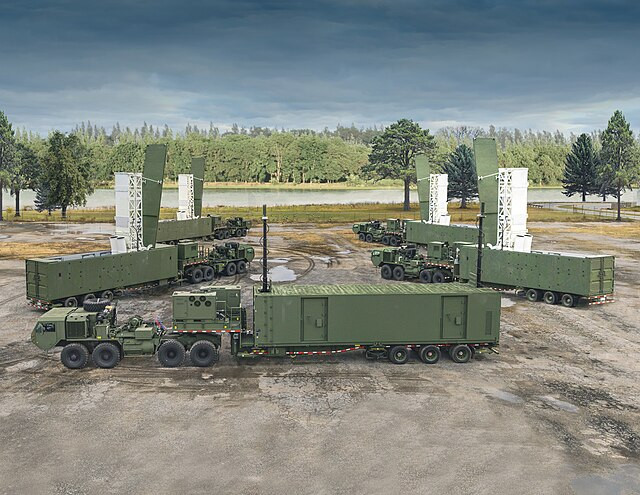The Philippines' plan to acquire the U.S.-developed Typhon missile system has drawn sharp criticism from China, which views the move as a destabilizing escalation in the Asia-Pacific region. The announcement was made Monday by Philippine military chief Lieutenant-General Roy Galido, who framed the decision as a strategic measure to protect national sovereignty amid ongoing territorial disputes in the South China Sea.
"Yes, there are plans, there are negotiations, because we see its feasibility and adaptability," Galido said, confirming the military's interest in acquiring the midrange missile system. He explained that the Typhon's deployment would allow the Philippines to project military force up to the boundary of its exclusive economic zone, spanning 200 nautical miles (370 kilometers) under the United Nations Convention on the Law of the Sea.
The Typhon missile launcher, developed by U.S. defense giant Lockheed Martin, boasts a range of up to 480 kilometers (300 miles) and can fire advanced weaponry such as the Tomahawk Land Attack Missile. This capability has heightened China's concerns, as the system would significantly enhance the Philippines' defensive posture.
In response, China's Ministry of Foreign Affairs strongly condemned the plan. Spokesperson Mao Ning labeled the potential deployment as "an extremely irresponsible choice" and warned that it would fuel geopolitical confrontation and an arms race in Southeast Asia. "The region needs peace and prosperity, not missiles and confrontation," Mao said at a daily briefing.
This development comes as U.S.-Philippines military collaboration deepens. Earlier this year, the U.S. deployed the Typhon missile system to northern Philippines, where joint exercises have been conducted to prepare for its operational use. The system remains in the country as part of a broader effort to deter regional threats and bolster the alliance between Washington and Manila.
The decision to explore acquiring the Typhon system aligns with the Philippines' broader defense modernization plan, which seeks to address mounting security challenges in the South China Sea. China claims nearly the entire waterway, often disregarding international rulings and deploying naval and coastguard vessels to assert its dominance. These actions have led to frequent clashes with Philippine vessels in disputed waters.
China's opposition to U.S. military assistance to the Philippines is well documented. Beijing has consistently criticized such moves, viewing them as part of a U.S.-led strategy to counter China's regional ambitions. Chinese Defense Minister Dong Jun previously described the Typhon's deployment in the Philippines as "severely damaging regional security and stability."
While Galido did not specify a timeline for the acquisition, he indicated that the negotiations would take time, and the funding for the system has not yet been budgeted for 2025. He also noted that the army is considering various weapons systems in collaboration with other countries, emphasizing a comprehensive approach to modernizing the Philippines' defense capabilities.
Under President Joe Biden, the U.S. has strengthened its alliances in the Indo-Pacific to counterbalance China's growing influence. This includes bolstering security ties with the Philippines, Japan, and Australia. The Typhon system, with its ability to target long-range threats, exemplifies the strategic depth of these partnerships.
Despite China's objections, the Philippines appears determined to enhance its military capabilities. As Galido emphasized, the acquisition would enable the military to coordinate effectively with the navy and air force, ensuring the nation's territorial integrity is protected. "It is paramount for the army to be able to project its force," Galido said.






